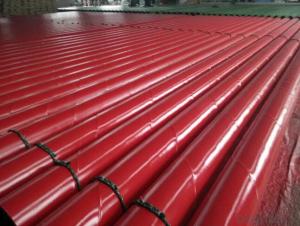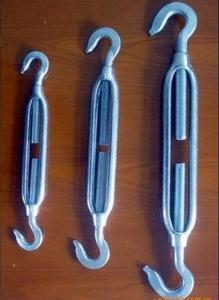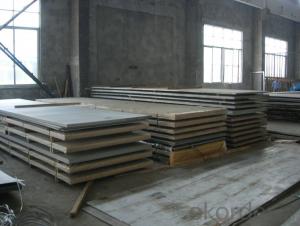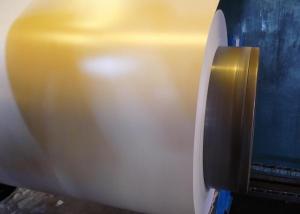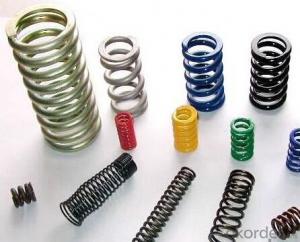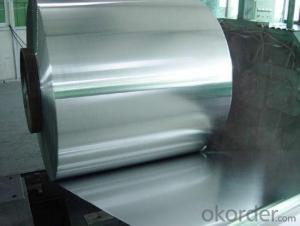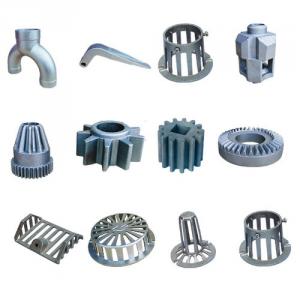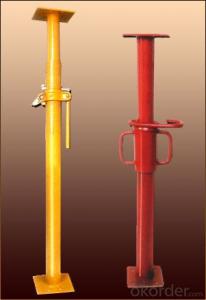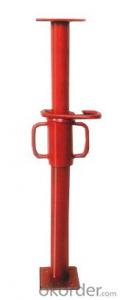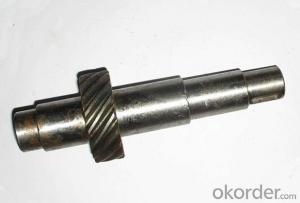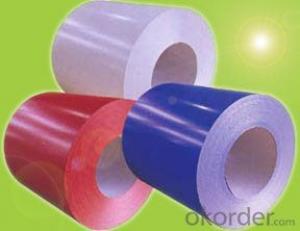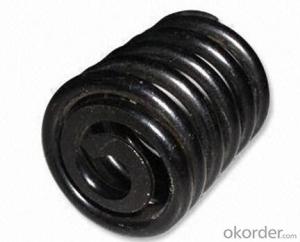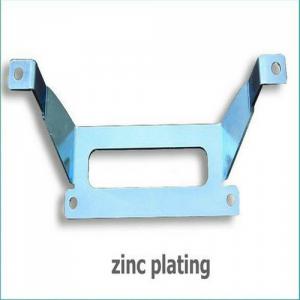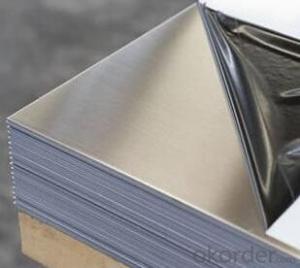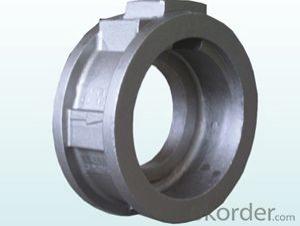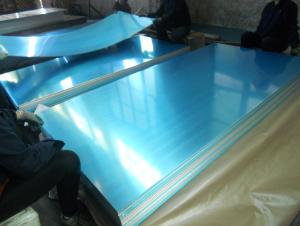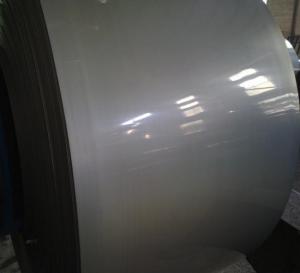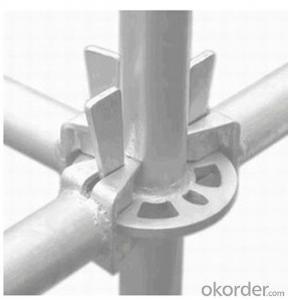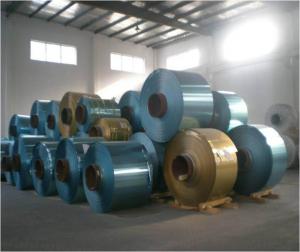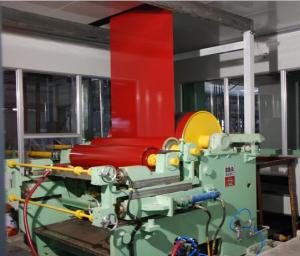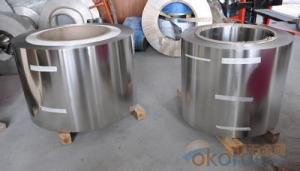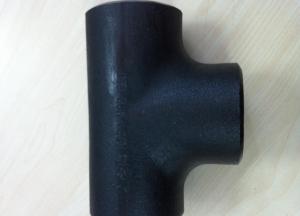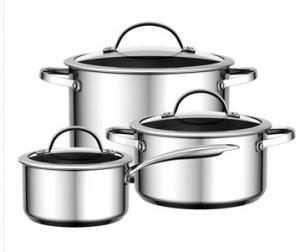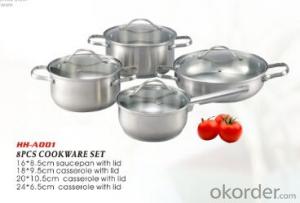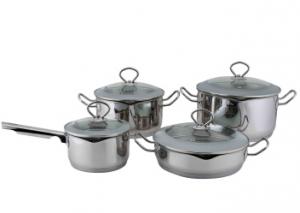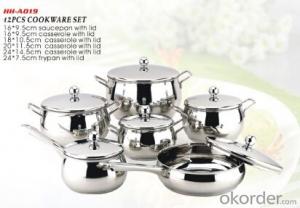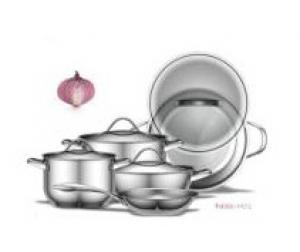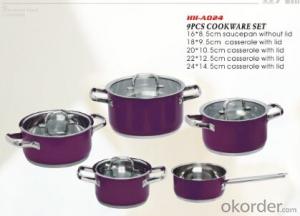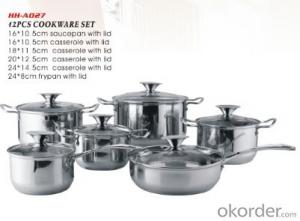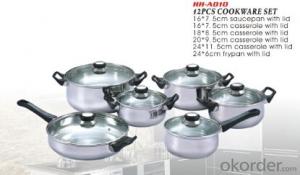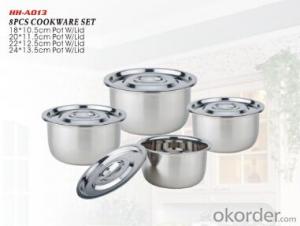Sublimation On Stainless Steel
Sublimation On Stainless Steel Related Searches
Sublimating On Stainless Steel Sublimate On Stainless Steel Painting On Stainless Steel Sublimate Stainless Steel Painting Of Stainless Steel Anodizing Stainless Steel Painting Stainless Steel Stainless Steel Coating Stainless Steel Stamping Engraving Stainless Steel Stainless Steel Engraving Mold On Stainless Steel Stainless Steel Molding Annealing Stainless Steel Stainless Steel Discoloration Stainless Steel Oxidation Coatings For Stainless Steel Pitting On Stainless Steel Forging Stainless Steel Aluminum On Stainless Steel Stainless Steel Restoration Stainless Steel Texture Stainless Steel Scrubbing Paint For Stainless Steel Stainless Steel Blanking Drilling Into Stainless Steel Solder To Stainless Steel Stainless Steel Sheeting Stainless Steel Tarnishing Discoloration Stainless SteelSublimation On Stainless Steel Supplier & Manufacturer from China
Sublimation on Stainless Steel is a unique product that offers a durable and high-quality finish for various items. This process involves the application of a special ink that, when heated, transforms into a gas and permanently bonds with the stainless steel surface, resulting in a vibrant and long-lasting image. This innovative technique is particularly popular for creating custom designs on everyday objects such as mugs, plates, and other household items.The application and usage scenarios for Sublimation on Stainless Steel are vast, making it an ideal choice for both personal and commercial projects. From personalized gifts to promotional merchandise, this product allows for endless creativity and customization. It is widely used in the hospitality industry for creating unique drinkware and tableware, as well as in the home decor market for creating distinctive and eye-catching accessories. The versatility of Sublimation on Stainless Steel makes it a popular choice for businesses looking to enhance their branding efforts or for individuals seeking to add a personal touch to their living spaces.
Okorder.com is a reputable wholesale supplier of Sublimation on Stainless Steel products, boasting a large inventory that caters to the diverse needs of customers worldwide. With a commitment to quality and customer satisfaction, Okorder.com ensures that each product meets the highest standards, providing a reliable source for businesses and individuals alike. By offering a wide range of Sublimation on Stainless Steel items, Okorder.com enables customers to find the perfect solution for their specific requirements, whether it be for personal use or large-scale production.
Hot Products


